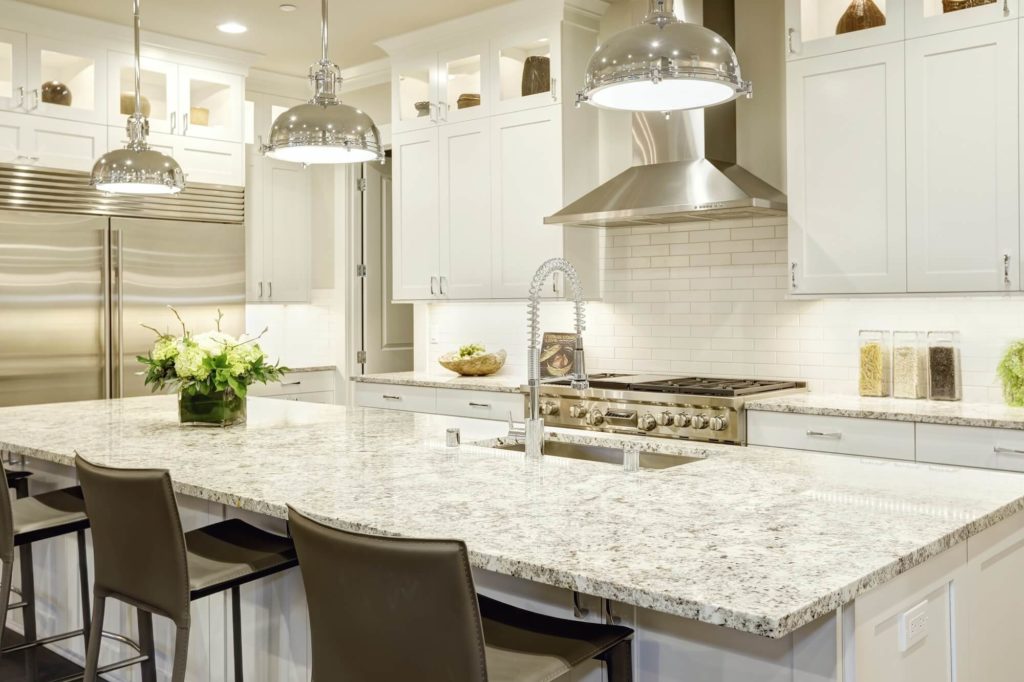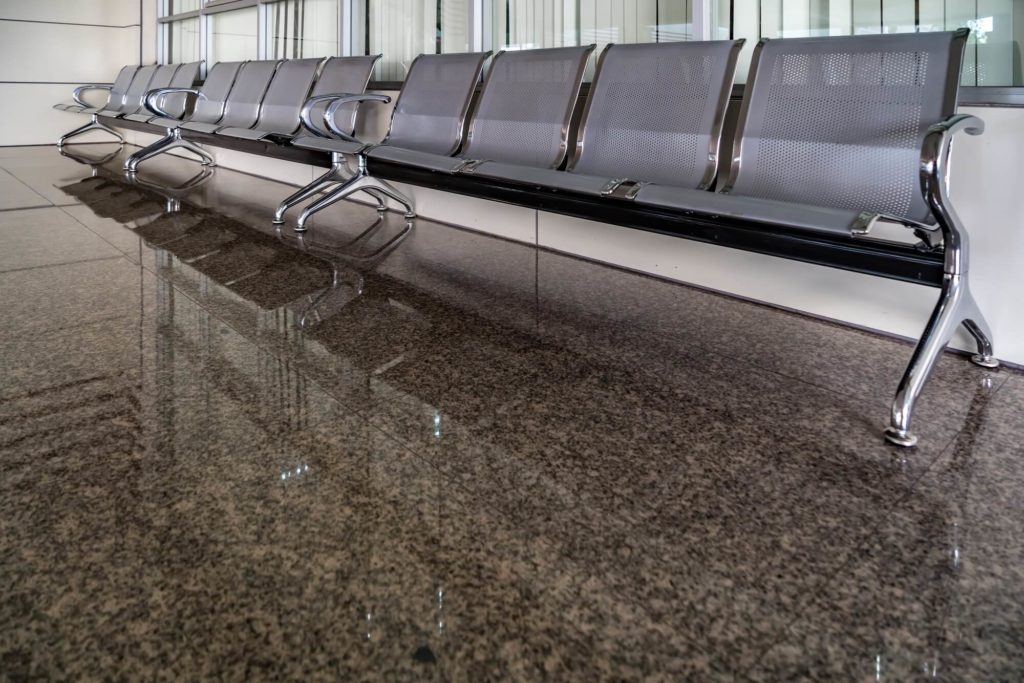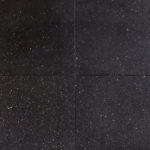How to Seal Granite

Granite is a natural stone that is used in residential and commercial home design projects because of its timeless elegance and durability. Although usually associated with kitchen countertops, granite has so many more uses throughout the home. No matter how you feature this elegant product, taking the time to seal granite will help extend its lifespan and keep it looking like new.
Why Sealing Granite is Important
Before you can decide whether sealing the granite is the right step for your kitchen countertops or floor tiles it is essential that you understand how sealant works to protect the surface. Natural stone is dense but is also naturally porous. If left unsealed, oils and liquids can penetrate into the pores and stain or alter the look of the natural stone.
Sealing Granite Countertops
Your kitchen is one of the most used and abused parts of your home. Keep your elegant granite countertops as beautiful as the day they were installed by protecting them with sealant. Before you take that step, take note of whether or not your countertop arrived pre-sealed because many of them do. If it does come unsealed, make sure to seal the countertops prior to that first use. If you love granite but don’t have it in your budget to purchase the slab, consider using granite tile to create a sophisticated countertop. You can also cut down on costs by installing your kitchen countertop yourself.
Over time, the daily wear and tear of cooking, cleaning, and prepping foods on your countertop can cause the surface to dull or mar the surface. Sealant acts as an extra barrier, preventing tough food stains and maintaining the original look of the stone.
Sealing Granite Flooring
When it comes to granite tile flooring, the main benefit of adding a sealant is providing an added layer of stain protection. The sealant acts as an added buffer that helps to prevent spills from absorbing into the natural stone and leaving behind a stain. Because of this, providing a layer of sealant and reapplying that sealant when necessary is absolutely essential for light-colored granite floor tiles. Although it is still recommended for granite tile floors that are dark in color, it is not as important because the darker hues will naturally conceal dirt and stains better.
Sealing granite doesn’t mean you can just let messes sit indefinitely. Over time, spills could still soak into the granite, leaving behind a stain. It does, however, extend the time period that you can clean the spill up before it is absorbed. Granite pavers used outside the home require a sealant as well. With proper maintenance, granite pavers can make a chic pool surround or outdoor living space.

Choosing the Right Sealant
There are two main types of sealant to choose from, water-based sealants and solvent-based sealants. Water-based sealants are environmentally friendly, making them desirable, especially in homes with a goal of going green. Solvent-based sealants are a little heavier duty and work better with polished granite countertops and floor tiles. For the best results, look for sealants with fluorocarbon aliphatic resin as the active ingredient.
Do It Yourself or Call in the Professionals?
If you are sealing a countertop, it can be taken on as a DIY weekend project. If an entire floor needs sealed, you may want to consider calling in the professionals. If you are having granite installed for the first time, the professionals may already include an initial sealing as part of the installation process. If you are taking the sealing on yourself, learn the easy steps to completing the process.
Tools and Supplies Needed to Seal Granite
When you take on sealing your granite as a do-it-yourself project, there are a couple supplies you’ll have to stock up on to complete the project.
• Extra Rags
• Spray Bottle
• Granite Sealer
• Rubber Gloves
• Rubbing Alcohol
• Microfiber Cloths
• Liquid Dish Detergent
Step 1: Clean the countertops 24 hours in advance of sealing the countertops with water, liquid dish detergent, and a microfiber cloth that won’t leave lint behind.
Step 2: Using a lint-free cloth, apply the granite sealer to the countertop using the manufacturer instructions for the sealer. Most companies recommend applying the sealer with a microfiber cloth because they won’t leave lint.
Step 3: Work systematically along the whole counter until it has been coated with the sealer. Make sure to include the backsplash if it is made of natural stone as well.
Step 4: Allow the first coat of sealer to dry completely and then reapply a second coat of the sealer.
Step 5: Allow the sealant to sit for 24 hours before cleaning the surface and resuming normal daily use.
How Often Should I Seal Granite?
Follow the manufacturer instruction when it comes to how often the granite countertop or flooring should be sealed. Some products can be as often as once a year while other materials provide a layer of protection for up to 10 years.
Although generally incredibly durable and easy to maintain, proper granite care includes cleaning the surface without the use of harsh chemicals and sealing the material as needed. Fortunately, the process of sealing a granite countertop is easy enough to tackle over a weekend or in an evening. Granite isn’t the only natural stone that needs sealed, travertine, limestone, and marble are all-natural stone materials used on flooring and countertops that will benefit from that extra layer.


